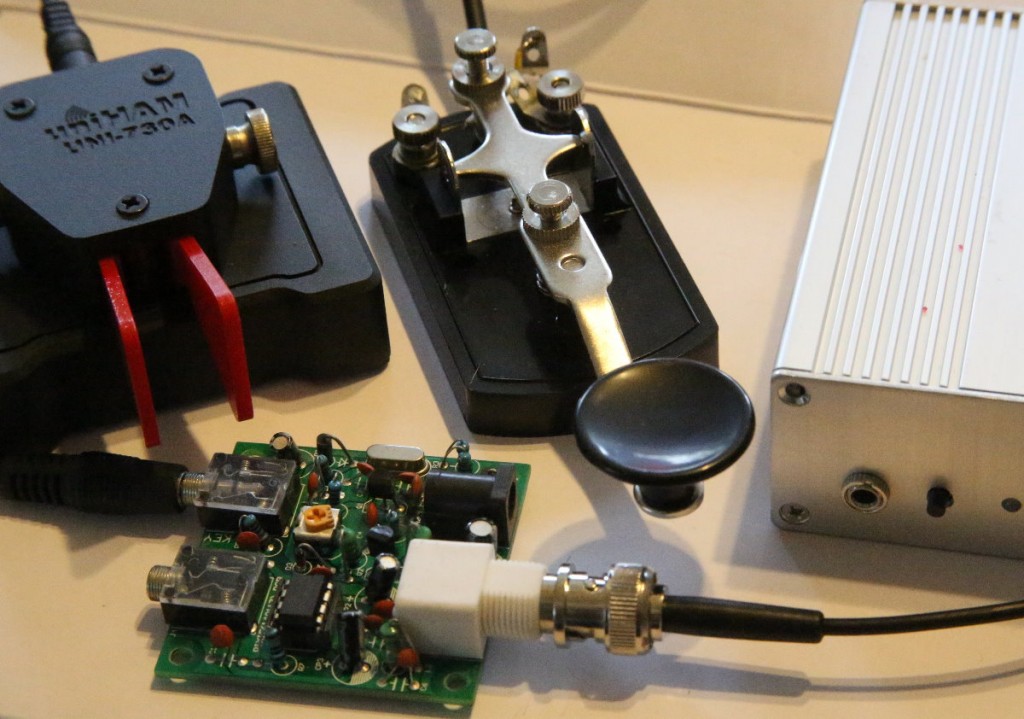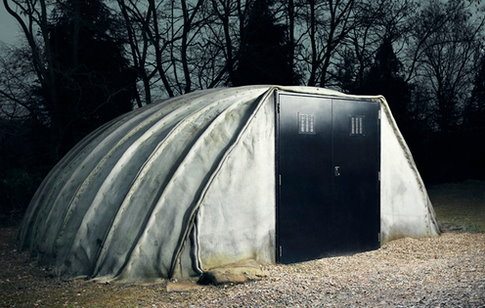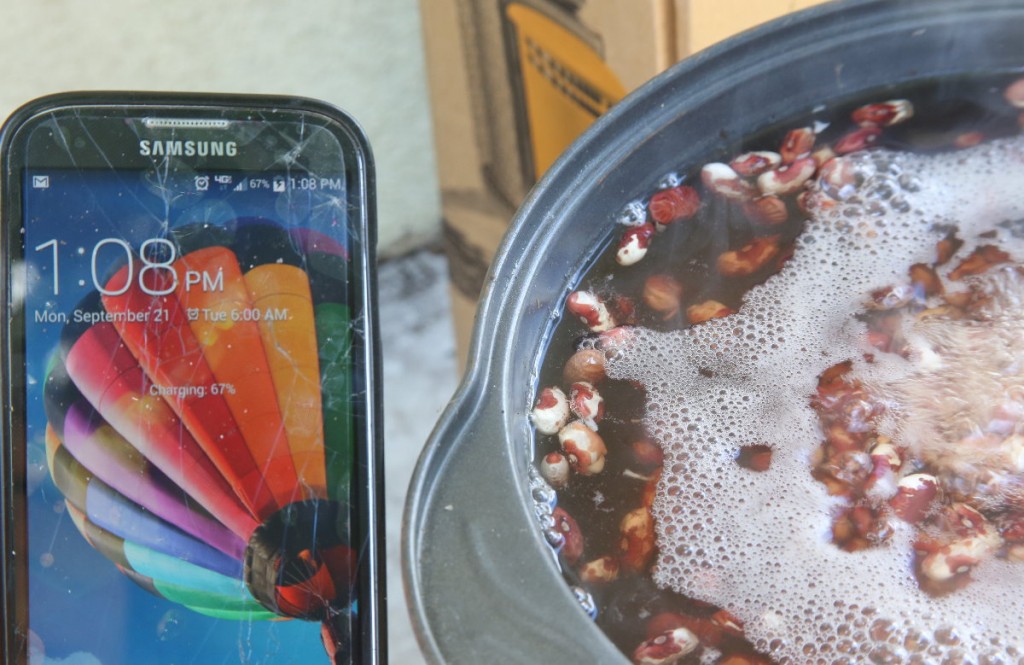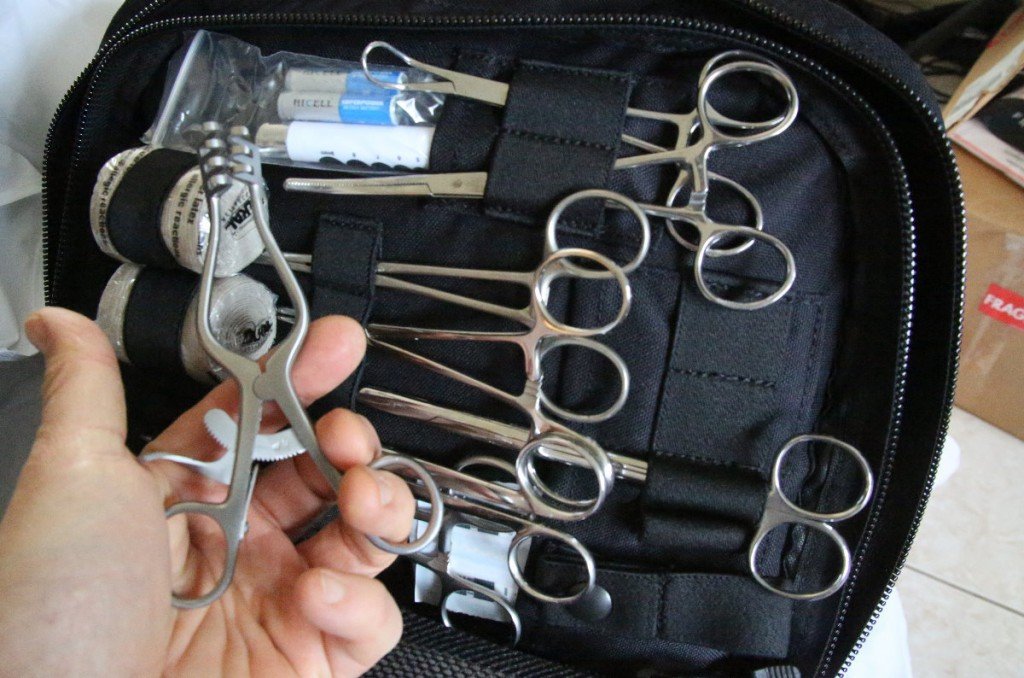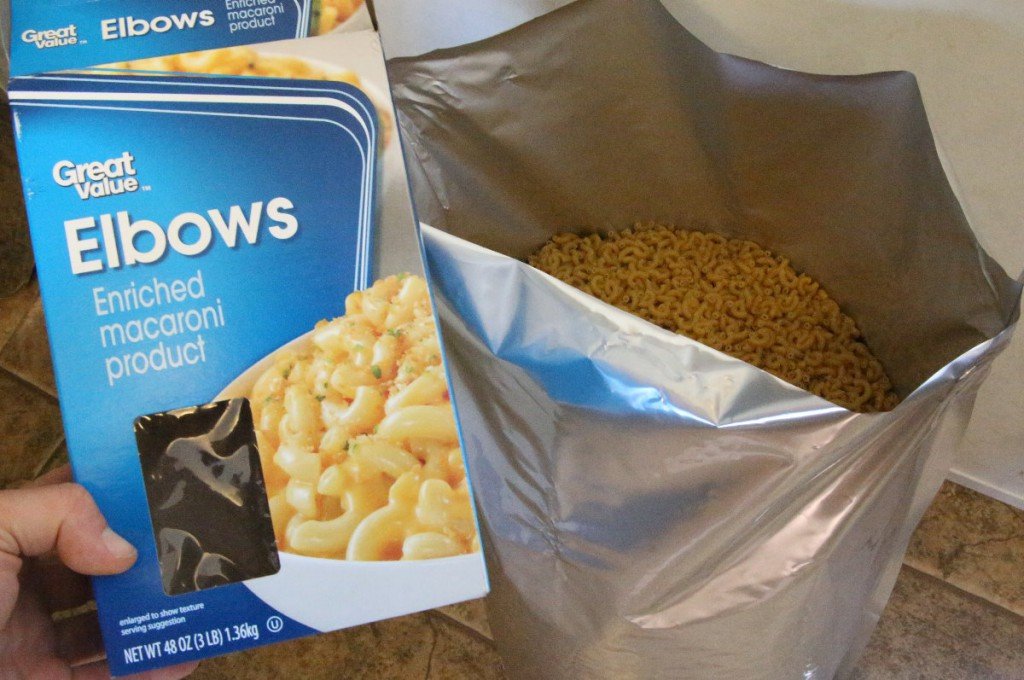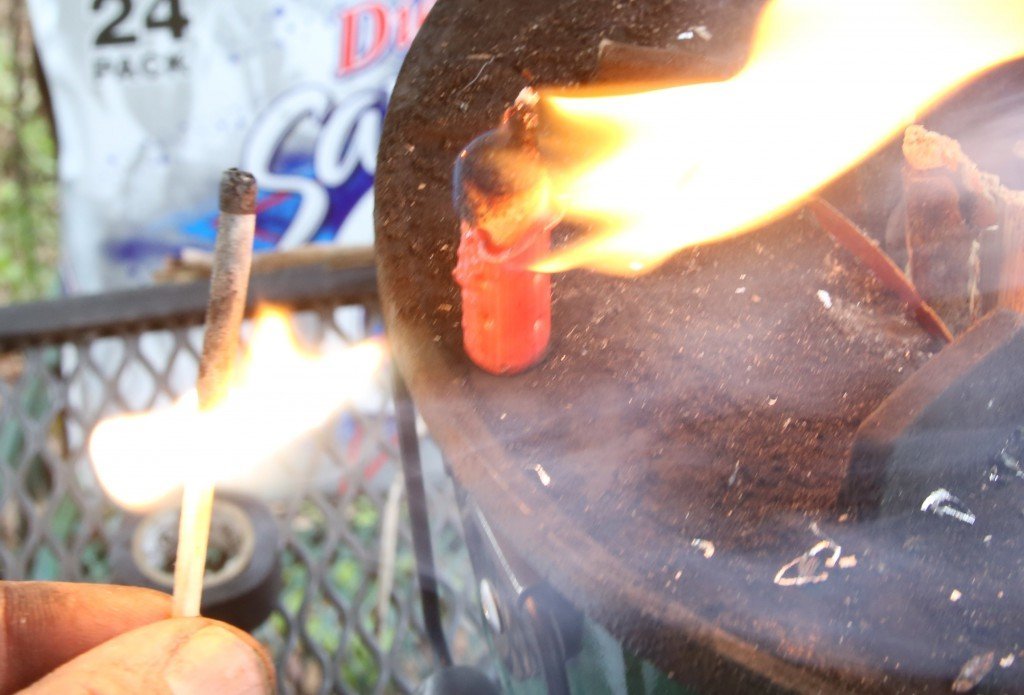It seems like everything that I look into when it comes to survival is not simple. You would think that the extent of survival dentistry you need to know doesn’t extend further than “yank the darn tooth,” but that is not the case. I sat down and actually read the book, “Where There Is No Dentist,” by Murray Dickson, and I highly suggest that you buy this $16 book, and some of the tools and medications that will make substantive dentistry possible. There are very few non-fatal injuries as debilitating as tooth pain (disk pain of the back being the only one I can think of worse), and if left to fester, tooth maladies themselves can be fatal. The book was apparently written to help volunteer medical workers in African villagers, but it includes everything that you will need in a survival situation.
Prepping 101
Show First
Prepping 101: Grid Down Family Communications Nationwide – Inexpensive Ham Radios for Morse Code
Published: October 18, 2015 { 55 comments }About the scariest thing I can think of is to lose contact with my children in a world over the brink of collapse. Most young people don’t even have a land based phone line these days, so if the cell networks go down, that’s it. But there is a way, if you do it now, to establish a communications protocol with loved ones who are hundreds, or even thousands of miles away. As I’ve discussed a few times before in this column, the Amateur radio bands, otherwise known as the Ham bands, under 30 megahertz, are capable of reaching around the entire globe at certain times of the day. Full access Ham radios, covering several bands, or even all the Ham bands, sell for $300 to $10,000, but I found some small radios that cover only one frequency for as little as under $10. You have to still buy an antenna, but the overall cost could be as little as $50. As a bare bones mode of communication on a very tight budget I don’t think you can beat these little radios.
Prepping 101: Inflatable Concrete Buildings & Other Fallout Shelter Missives
Published: October 4, 2015 { 21 comments }Answer:A $25,000 inflatable concrete building. Just add water.
Question: What is a Concrete Canvas Shelter?
Believe it or not, this is not a joke, and when I encountered this product it reminded me that I have been meaning to discuss the qualifications for a proper nuclear fallout shelter for some time. But I have to admit, of all the survival preparations I’ve written about for this column, this is one of very few I have not actually worked out for myself. That is why I found this product so interesting.
Prepping 101: Thermoelectric Generators
Published: September 25, 2015 { 25 comments }Thermoelectric generators are not a new technology. “TEG” power was discovered in 1821, but I have to admit, it is new to me. I recently discovered three consumer products that create electricity from direct heat, and all three of them have survival applications. One of them is the best bugout or camp stove I have ever encountered, and I would take it one step further and say that it is the best bugout cooking solution I have ever encountered, period. A second is made for generating electricity while you cook your dinner, and I had marginal success with it. The third is made for a high level of direct heat electricity production, and you can drive it from your rocket stove, a camp stove, and they have models from 10 watts up to 100 watts that use waste heat from your wood stove.
Prepping 101: Survival Food by the Numbers – It’s About Calories Silly!
Published: September 20, 2015 { 54 comments }A few weeks ago I was interviewed on a radio show about this prepping column, and during the commercials I heard an ad for a specific survival food company that claimed to offer more “calories per dollar” than everyone else. On checking their website, that number is 250 calories per dollar. I have been buying and storing food for over a year now, since my original food article, and all this time I have had a really hard time explaining to people the importance of making the most out of their prepping dollars, and focusing on supermarket food, not survival food. The company itself didn’t impress me, especially after they bailed on sending review food when I explained this article. But then I realized, that’s it! It really is all about calories per dollar! And that claim of 250 calories per dollar may be high when compared to other brands of survival food, but compared to the foods below, all from Walmart, they are embarrassing for the actual food you get. Even expensive name brand Dinty Moore beef stew is 238 calories per dollar. Which would you rather eat? Other foods here are well over 1,000 calories per dollar, and one is over 4,000 calories per dollar.
Prepping 101: Building a Mobile Trauma Hospital Bag
Published: September 13, 2015 { 33 comments }Are you a hero? I’m just asking because as much as I hate it, I probably am. It is so stupid from a survival perspective to rush in to the face of a disaster to help people, but the reality is, most of us reading this column are going to do it. So if you believe that there will be an event of some sort to distract the sheep away from who caused this mess, it might help to buy some trauma bandages and learn how to clean wounds now. There is no worse feeling than wanting to help but not being able to do so because you lack the proper tools. It also sucks for the people who would be trying to help of course. You can pull off your shirt, rip it, tie it as a tourniquet, then use a stick to tighten it. But after a couple of those, helping people naked is just asking for trouble. You could use their shirt duh, but how hard is it to get a shirt off of someone screaming in pain? Wouldn’t it be better to get a few tourniquets in advance?
Prepping 101: Free Solar Panels, Solar Heaters, Sun Ovens – Winter is Coming!
Published: September 6, 2015 { 19 comments }As many of my regular readers know by now, this column is about actually surviving a complete collapse of our infrastructure. Headlines titled “Bug Out Bags” and “Which Gun is Best for SHTF” get a lot of clicks, but compared to food, water, shelter, and keeping warm in the winter, they are virtually immaterial. Those who survive are going to be those who sat tight and waited for everyone else to kill each other. If you live in the northern climes, it is coming to be that time of year again where you’ll have to consider keeping warm in the winter, without city gas, or an oil or propane delivery. I have covered a simple and cheap woodstove, a military heater that burns home heating oil and gasoline without a pump, and even a cookstove that would also heat your home. If you live where firewood is plentiful and you don’t have worry about people shooting you for taking wood off their land, a woodstove can be a long term solution, but if not, you probably should think about the sun.
Prepping 101: TEN BUCKS – Worldwide All Band Radio Scanner
Published: August 30, 2015 { 45 comments }How important are survival communications? From a prepping budget perspective, I’ve asked that question a lot. And unfortunately, as with many subjects I’ve covered, there is a ton of misinformation out there about the subject. When you buy a “survival radio,” like the ones with the little solar panel and hand crank, you are buying a multi-band receiver, and you’ll pay more depending on how many bands you want. A basic radio, some even under $20, will be AM/FM, and most of them also have the NOAA weather channel, which is 162.4 mhz. Pay a little more and you may get some of the Ham radio bands, but you will seldom hear any traffic on those bands, because the included whip antenna is not made for those frequencies. Police, fire, airplane, and a hots of other frequencies that would be nice to monitor in a survival situation are not in those radios. Getting all of those frequencies, until now, has been very expensive. This article is about a newer type of radio called “Software Defined Radio,” or SDR-RTL, and it changes everything.
Prepping 101: Bags vs. Buckets – Long Term Bulk Food Storage
Published: August 23, 2015 { 28 comments }When I first started this column, I discussed the importance of putting away your own bulk food, and not just buying a cat litter bucket with a “30 day supply” in it. Without food, water and shelter you will have to leave the house after things collapse, and that’s bad. You don’t have to spend big bucks on mail order food. Survival food is just food that won’t spoil without refrigeration. Beyond that, survival food is what you make of it. And you can make it a lot cheaper than you might think.
Prepping 101: Starting Fires with Sparks and the Sun
Published: August 16, 2015 { 36 comments }One of the most embarrassing moments for a prepper is not being able to light your Rocket Stove with a butane lighter stick after half an hour. And since this has happened to me a couple times, it got me to thinking about what I would have to go through on the road, trying to cook dinner. Sticks, leaves and even pine needles on the ground absorb water. They may look dry, but try to light them and have them stay lit. So I went looking for firestarting help, and I found some pretty good options. The most important thing is that I tested them with a “flint and steel,” because matches get wet, and you run out of matches. In an afternoon of trying to start fires, I ended up with a sore arm and some good experience with what of my experiments worked, and which ones didn’t.


